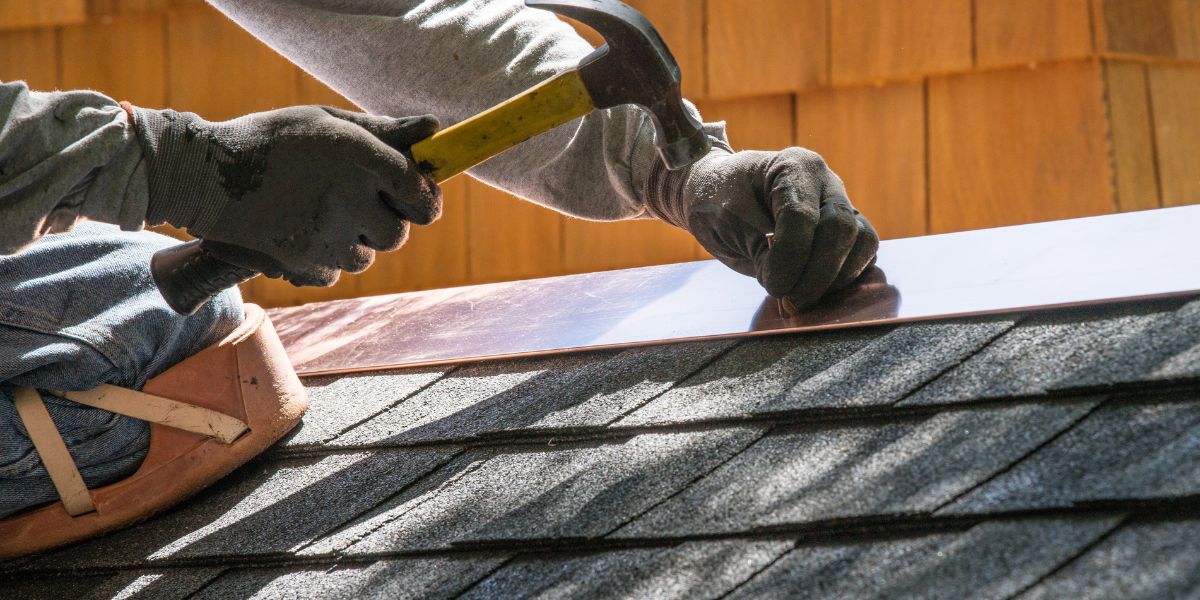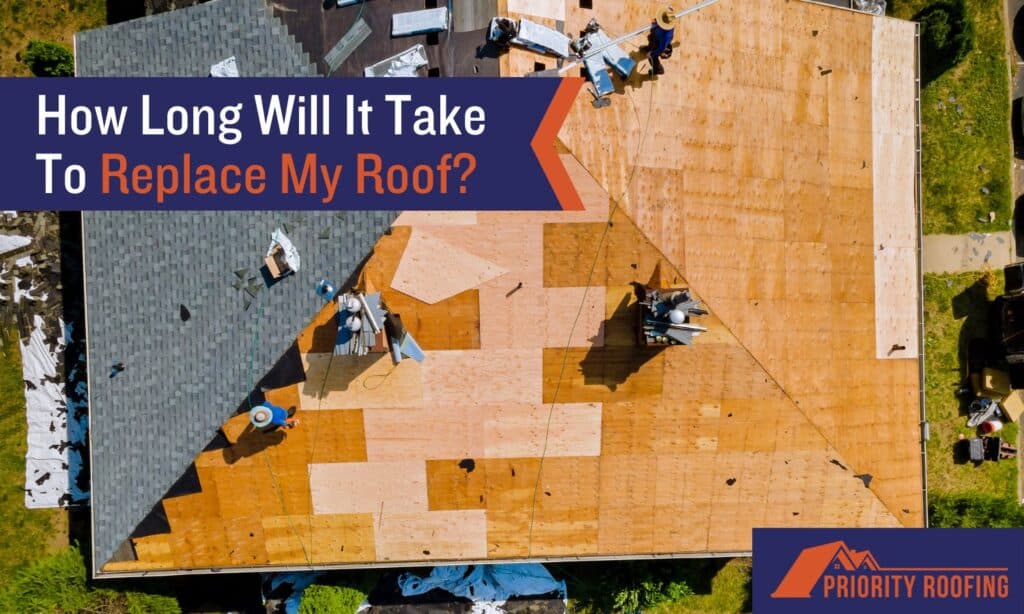Getting a new roof installed on your home is a significant investment and a crucial step in maintaining the integrity and safety of your property. One of the most common questions homeowners have when considering a roof replacement is, “How long will it take to replace my roof?”
The timeline for roof installation can vary depending on several factors. This includes the type of roofing material, the size and complexity of your roof, weather conditions, and the roofing contractor’s efficiency.
In this article, we’ll explore the typical timeline for getting a roof installed on your home and the factors that can influence the duration of the project.
Roofing Material
The type of roofing material you choose plays a significant role in determining how long the installation process will take. Some types of roofing materials, such as asphalt shingles and metal roofing, are quicker to install than others, like slate or clay tiles. Asphalt shingle roofs, for example, are known for their ease of installation and are often completed more swiftly.
Roof Size and Complexity
The size and complexity of your roof also affect the installation timeline. A straightforward, single-story roof with a simple pitch and no additional features will generally take less time to install than a complex, multi-story roof with multiple dormers, valleys, and skylights. The more intricate the roof design, the longer it may take to complete the installation.

Weather Conditions
Weather is a significant factor that can impact the timeline of a roof installation project. Inclement weather can delay the roofing process and create safety hazards for the roofing crew. Ideally, roofing work should be done during dry and mild weather conditions to ensure a smooth and timely installation.
Contractor’s Efficiency and Workforce
The efficiency and workforce of the roofing contractor you hire also play a crucial role in determining the timeline. Experienced and well-equipped residential roofing crews can complete the project more efficiently. Additionally, the availability of the roofing contractor and their scheduling commitments can influence how soon they can start and finish your roof installation.
Permitting and Inspections
Obtaining necessary permits and scheduling roof inspections can add time to the overall project duration. Depending on your local regulations, you may need permits for a roof replacement, and inspections may be required at different stages of the installation process. These administrative steps should be factored into your timeline.
For example, Jefferson Parish requires a “re-roofing” permit. Although, your roofing contractor should take care of this for you.
Typical Timeline for Roof Installation
In general, a typical roof installation for an average-sized home with asphalt shingles may take anywhere from a few days to a week. However, this is a rough estimate, and individual circumstances can vary significantly. Here’s a simplified breakdown of the steps involved in a roof installation:
Preparation and Removal
The old roofing material is removed, and the roof deck is inspected and repaired if necessary.

Underlayment and Flashing
Installation of the underlayment, flashing, and any necessary ventilation components.
Roofing Material Installation
The chosen roofing material is installed, which may involve shingle placement, terracotta tile or slate attachment, or metal roofing installation.
Cleanup and Inspection
The roofing area is thoroughly cleaned, and the roofing contractor conducts a final inspection to ensure the installation meets quality standards.
Permitting and Inspection
If required, permits are obtained, and inspections are scheduled and completed.
Conclusion
The duration of a roof installation project varies based on several factors. So it’s essential to choose a roofing contractor who is reputable and can provide you with a realistic timeline based on your specific circumstances.
Proper planning and communication with your contractor will help ensure a smooth and efficient roof replacement process. This will ultimately help in protecting your home and investment for years to come.

